Learn how to effectively manage and control your bar inventory with these expert tips and techniques.
The Importance of Bar Inventory Control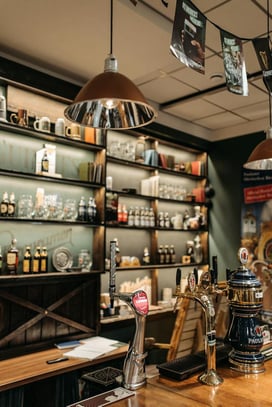
Proper bar inventory control is essential for the success of any bar or nightclub. By accurately tracking the amount of liquor, beer, and other beverages in stock, bar owners can ensure that they are maximizing their profits and minimizing losses. Without a solid inventory control system in place, bars risk running out of popular drinks, overstocking on slow-moving products, and losing money due to theft or waste.
Implementing a standardized inventory system is the first step towards achieving effective bar inventory control. This involves creating a consistent process for counting and tracking inventory, as well as establishing clear guidelines for staff members to follow. By having a standardized system in place, bar owners can ensure that inventory counts are accurate and reliable, making it easier to identify and address any discrepancies.
In today's digital age, technology plays a crucial role in bar inventory management. By utilizing technology, such as barcode scanners or inventory management software, bar owners can streamline the inventory tracking process and reduce the chances of human error. These tools can automate inventory counts, generate reports on stock levels, and even provide real-time data on sales and consumption patterns. By leveraging technology, bar owners can gain valuable insights into their inventory and make informed decisions to optimize their operations.
Effective ordering and stocking strategies are also key components of bar inventory control. By analyzing sales data and trends, bar owners can determine which products are in high demand and which ones are not performing well. This information can help them make informed decisions when it comes to ordering new stock and adjusting their inventory levels. Additionally, bar owners should establish relationships with reliable suppliers and negotiate favorable terms to ensure timely and cost-effective deliveries.
Finally, minimizing losses and maximizing profits is a critical aspect of bar inventory control. This involves implementing measures to prevent theft, spillage, and waste. Bar owners should train their staff on proper pouring techniques and monitor drink preparation to minimize over-pouring or giving away free drinks. Regular inventory audits can help identify any discrepancies, while implementing strict control measures, such as locking up high-value products, can deter theft. By taking proactive steps to minimize losses, bar owners can maximize their profits and ensure the financial health of their business.
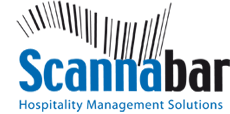
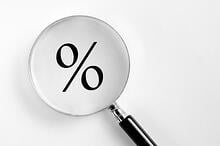 At the end of each month, it is important to close out all expenses and sales and balance all accounts. This process ensures that finances are being monitored and helps prevent financial problems down the line. It also lets you, the bar manager, see whether the bar is making a profit or not and what changes (if any) need to be made to operations.
At the end of each month, it is important to close out all expenses and sales and balance all accounts. This process ensures that finances are being monitored and helps prevent financial problems down the line. It also lets you, the bar manager, see whether the bar is making a profit or not and what changes (if any) need to be made to operations.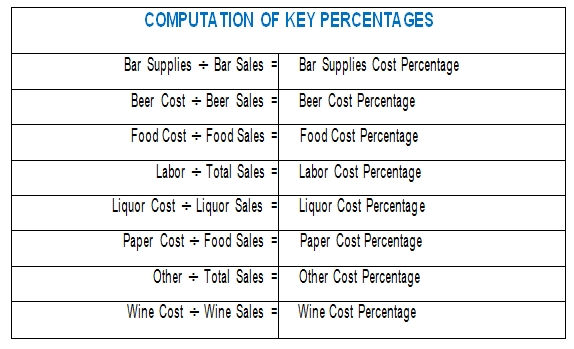
 Do bartenders steal? I've worked with some outstanding bartenders over the years, men and women who are honest, hard-working, team/family-oriented and loyal. I'd like to think all bartenders are like that, but according to some, I'm misguided.
Do bartenders steal? I've worked with some outstanding bartenders over the years, men and women who are honest, hard-working, team/family-oriented and loyal. I'd like to think all bartenders are like that, but according to some, I'm misguided.
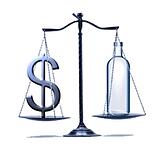 Industry studies have consistently shown that a full 25% to 30% of a bar's liquor inventory never converts into registered sales. That is the equivalent of about six to eight 1.25 oz portions per bottle (which should yield at least 25 portions.) This loss of liquor volume--due to unauthorized comps, over-pouring, spillage or theft--should be of great concern to any bar manager.
Industry studies have consistently shown that a full 25% to 30% of a bar's liquor inventory never converts into registered sales. That is the equivalent of about six to eight 1.25 oz portions per bottle (which should yield at least 25 portions.) This loss of liquor volume--due to unauthorized comps, over-pouring, spillage or theft--should be of great concern to any bar manager. 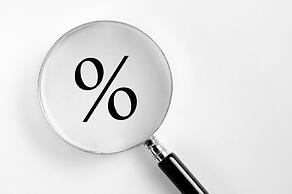 A typical beverage operation generates a constant stream of data and information, endless columns of figures and daily records. But you'd be surprised how few managers actually do anything with these figures, let alone fully grasp their implications. So how can you tell if you're operating profitably? The answer is you can't, unless, of course, you get to grips with some basic mathematics. For a start, you'll need to know how to perform a few simple calculations, such as working out an item's cost percentage. You don't need to be a mathematician to figure the following straightforward formulas:
A typical beverage operation generates a constant stream of data and information, endless columns of figures and daily records. But you'd be surprised how few managers actually do anything with these figures, let alone fully grasp their implications. So how can you tell if you're operating profitably? The answer is you can't, unless, of course, you get to grips with some basic mathematics. For a start, you'll need to know how to perform a few simple calculations, such as working out an item's cost percentage. You don't need to be a mathematician to figure the following straightforward formulas: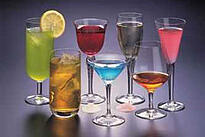 Making a good mixed drink isn't always a matter of A + B = C. In fact, there are numerous small details that can contribute to turning your creation into something just that little bit better than the norm and, more still, that can help you keep your ingredients at peak freshness and productivity. Consider the following:
Making a good mixed drink isn't always a matter of A + B = C. In fact, there are numerous small details that can contribute to turning your creation into something just that little bit better than the norm and, more still, that can help you keep your ingredients at peak freshness and productivity. Consider the following: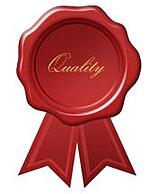 The difference between a good and great martini is very small, but very important. The quality of your cocktail menu should be of paramount importance to you. The methods by which those cocktails are prepared should be a point of pride for all concerned.
The difference between a good and great martini is very small, but very important. The quality of your cocktail menu should be of paramount importance to you. The methods by which those cocktails are prepared should be a point of pride for all concerned.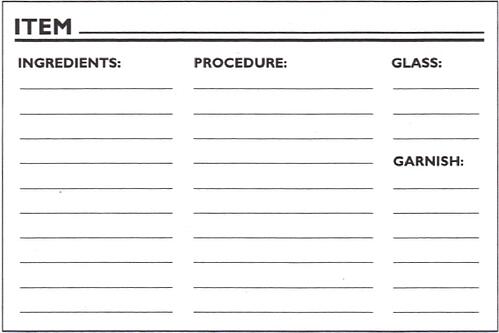
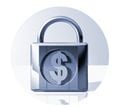 Theft reduction policies and procedures are no good unless they are strictly enforced. Employees must be made clearly aware of the dire consequences of flouting house rules. There can be no gray areas. New members of staff should be asked to sign a confirmation that they have read the rules and fully understand the implications.
Theft reduction policies and procedures are no good unless they are strictly enforced. Employees must be made clearly aware of the dire consequences of flouting house rules. There can be no gray areas. New members of staff should be asked to sign a confirmation that they have read the rules and fully understand the implications.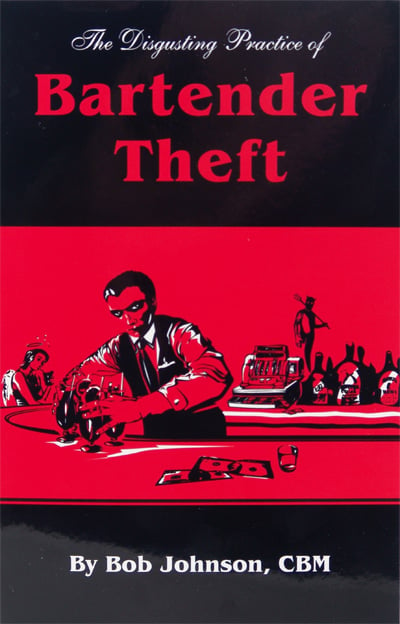 This is an alarming fact: most types of beverage operations lose a crippling percentage of profits through insider theft. The vast majority of employees in the beverage industry are honest and hardworking; it is the small minority of staff that can ruin your business through dishonesty. Insider theft can often escalate if there are weaknesses in the following general areas of the operation:
This is an alarming fact: most types of beverage operations lose a crippling percentage of profits through insider theft. The vast majority of employees in the beverage industry are honest and hardworking; it is the small minority of staff that can ruin your business through dishonesty. Insider theft can often escalate if there are weaknesses in the following general areas of the operation:

